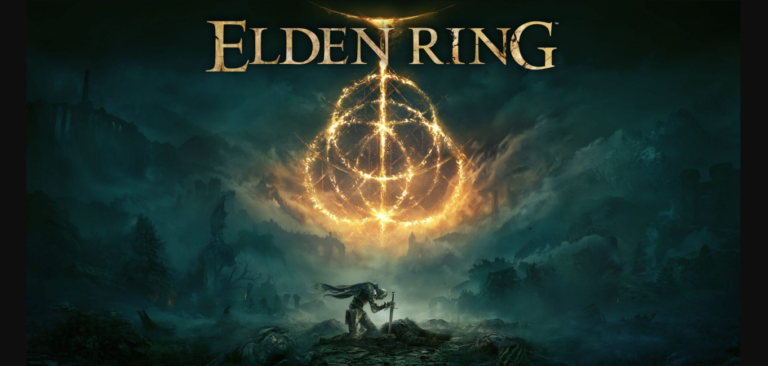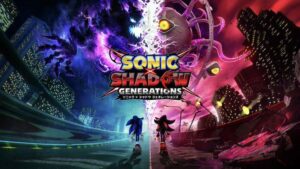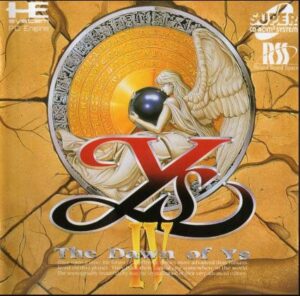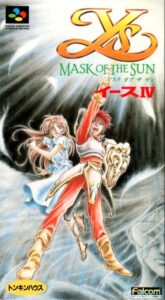With the release of Armored Core VI upon us I find myself revisiting FromSoftware’s latest addition to the gaming space, and uncoincidentally 2022’s game of the year. Elden Ring took the world by storm, even more so than FromSoftware’s release of the likes of Demon and Dark Souls, which launched a new genre in gaming altogether. The game sold over 20 million copies and was the recipient of numerous awards and critical acclaim; this is Elden Ring!
Introduction & Leadup to Release
Over the last decade FromSoftware changed the gaming space with Demon Souls, the Dark Souls Trilogy, as well their spiritual sequel Bloodborne and Sekiro, which provided something different while still following similar design principles. Having changed the genre and how we define difficulty in video games, expectations were naturally high for whenever FromSoftware would return to the Dark Souls formula. However FromSoftware wasn’t content to just make Dark Souls 4 and call it a day. Not only was Elden Ring FromSoftware’s first foray into developing an open world game but the writing team also had some extra talent in the form George R.R. Martin who you may know as the author of the ever popular book series A Song of Fire & Ice. Combining this with the enthusiasm for another Dark Souls experience, people were very much looking forward to Elden Ring!
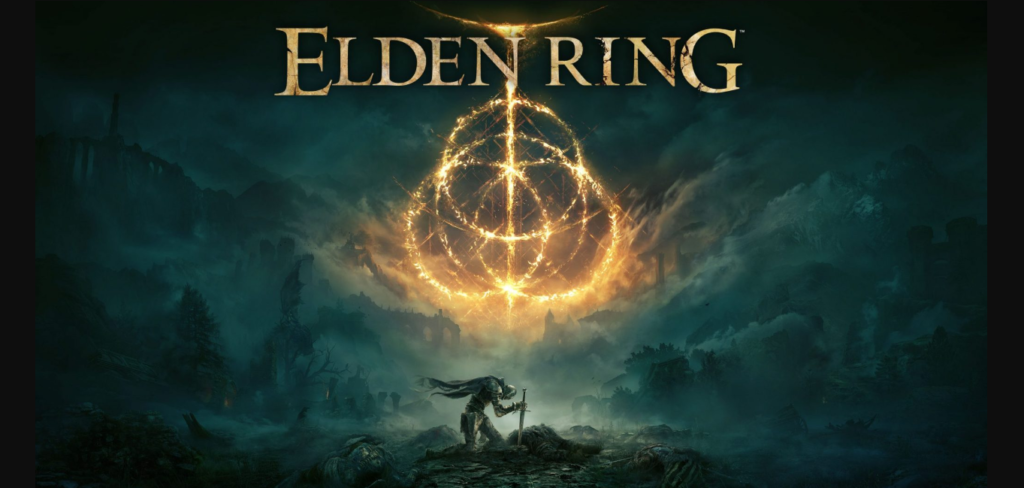
Synopsis & Writing
As with previous FromSoftware Soulsborne games, Elden Ring is written by Hidetaka Miyazaki, current president of FromSoftware and project lead for both Elden Ring as well as Dark Souls III. He was not the only writer as previously mentioned George R.R. Martin also contributed to the project. Miyazaki went on record about how he had long been a fan of Martin’s work and hoped that Martin would deliver a more accessible story than what the Soul’s series had previously provided. One of the defining features of the Soul’s series was its non-traditional method of storytelling.
You are a lowly tarnished warrior, guided only by your steel and the traces of Grace. You set out into an unforgiving world as you seek to become Elden Lord and restore the Elden Ring. But what will become of the lands between and the people within? That is up to you and your choices regarding this oppressive land.
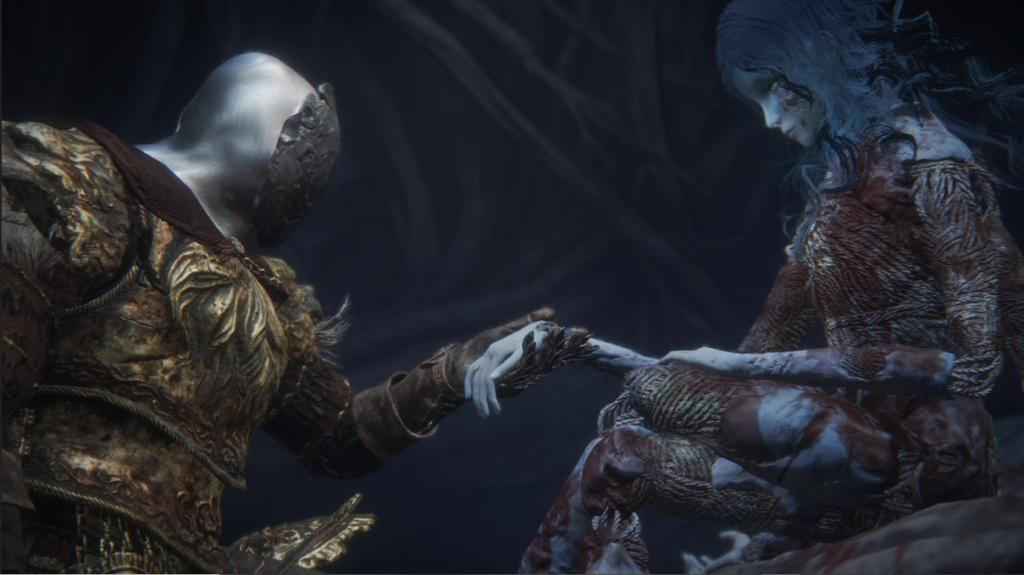
From the moment your character first awakens in Elden Ring your goal and endpoint are clear. The story can come across as vague if you’re not used to this method of storytelling, so don’t go in expecting numerous lengthy cutscenes about the context of what you’re doing. Cutscenes themselves are rare, but there is plenty of story to absorb in Elden Ring. The game delivers much of its narrative through environmental storytelling, item descriptions, and the ambient conversations you’ll have with the characters in the lands between. Despite this it is still very easy to connect with this world and the people within it. I found myself particularly attached to Blaidd, a wolfman who becomes the Tarnished’s brother in arms, the empyrean Ranni, and the humble demi human seamster Boc. Many side stories develop across Elden Ring’s runtime involving some of these characters. These stories range from uplifting to heart wrenching. It reflects very well on the writing that I was able to grow attached to some of these characters despite the unusual method of storytelling. Much like the gameplay, the story will not hold your hand, but for those who can appreciate a different method of storytelling you will enjoy what Elden Ring has to offer.
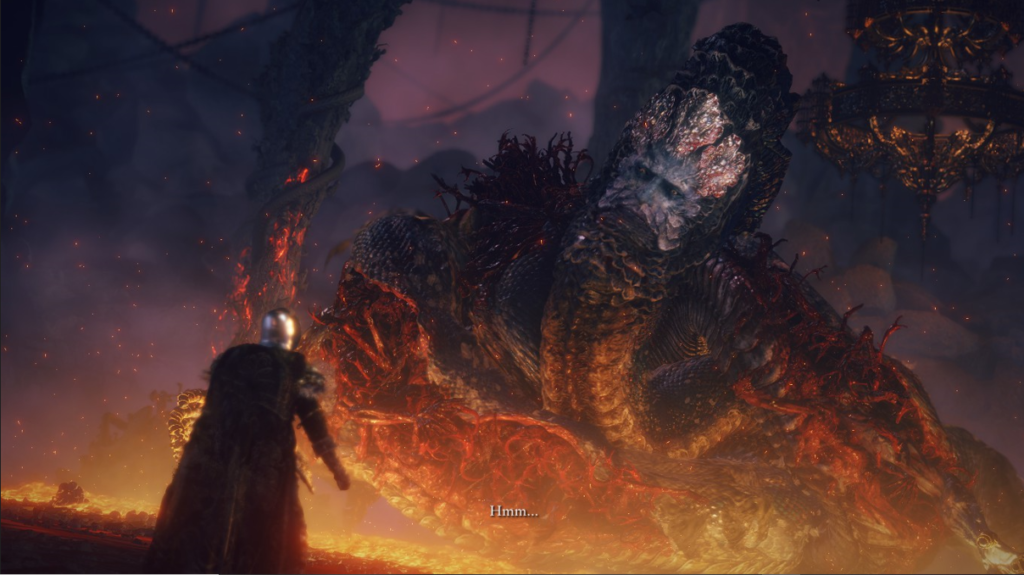
Gameplay
At face value you could call this Elden Ring Dark Souls 4 but there is a bit more to it than that. The core gameplay is the same as what was presented in the Dark Souls Trilogy & Bloodborne, so you’ll be right at home if you’ve played those games. But there are some notable additions to the gameplay formula. We now have a dedicated jump button, which opens the doors for evading attacks through gaining elevation without the use of dodge rolls or blocking. The game even has a slight Sekiro influence as you can now crouch and engage in stealth, allowing you to get the drop on enemies or avoid conflict altogether.
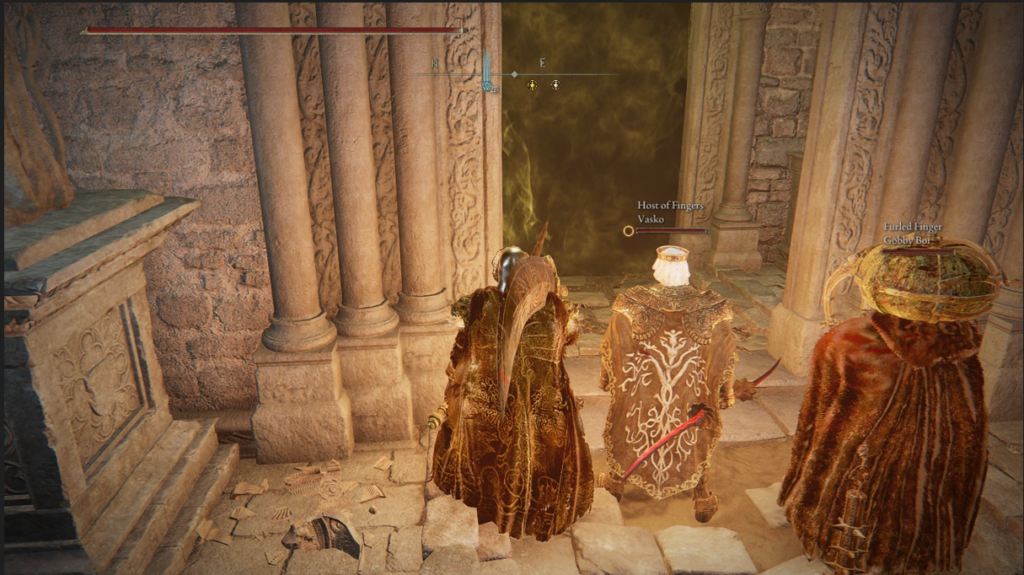
Among the sweeping list of mechanical changes is the transition from an interconnected series of areas to an open world. Many games throw empty monotonous open worlds with menial fetch tasks at players, but not this game. Every corner of the lands between offers something new to players. From hidden dungeons to items and bosses, Elden Ring is packed to the brim with content. The game also manages to load almost the entirety of the open world within one loading zone, with the exception of when using fast travel or transitioning to the endgame areas such as the Consecrated Snowfield or the Altus Plateau. The load times themselves are quick especially on next gen platforms and high-end PCs.
Now if you seek a more traditional Souls styled dungeon more akin to Dark Souls 3, have no fear, as Elden Ring does feature its fair share of traditional dungeons in order to keep things fresh. So, you’re not constantly going through a massive open world. The use of the new mount is readily available to you in the open world sections but is disabled in these traditionally styled dungeons.
On a gameplay and technical level FromSoftware did what many people were afraid to do and remove most if not all convivences associated with the Dark Souls Trilogy. Elden Ring is still a game that challenges players in all the right ways, but they also took out some of the more tedious aspects of previous games. Take our dreaded boss runs for example: Demon Souls & Dark Souls often had the extra baggage of if you died on the boss you had to repeat sections of the level or in Demon Soul’s case the whole level. This made gimmick bosses such as the Bed of Chaos particularly aggravating, but boss runs are basically non-existent for a couple of reasons in Elden Ring. Namely the checkpoints known as sites of grace (mechanically identical to bonfires from previous games) are plentiful and are never too far from one another, as well as the inclusion of Stakes of Marika, which are primarily located right before a boss and will allow the player to respawn there instead of backtracking all the way to a bonfire.
One of my favorite things about the innovations of Elden Ring is the balancing of death punishments. Death is a natural part of the Soul’s games’ gameplay loop and you’re encouraged to learn from your mistakes. That being said, there were some heavy penalties in previous installments. Losing your humanity upon death in Dark Souls made the game inherently more difficult and removed player perks, and in Demon Soul’s case, lose half your health bar. But Elden Ring toned this down significantly as you only lose your form of currency/experience runes as well as the effects of any great rune you had equipped, if any. These changes help create a game that is challenging yet fair and never infuriating except for the Lake of Rot, which makes me weep…
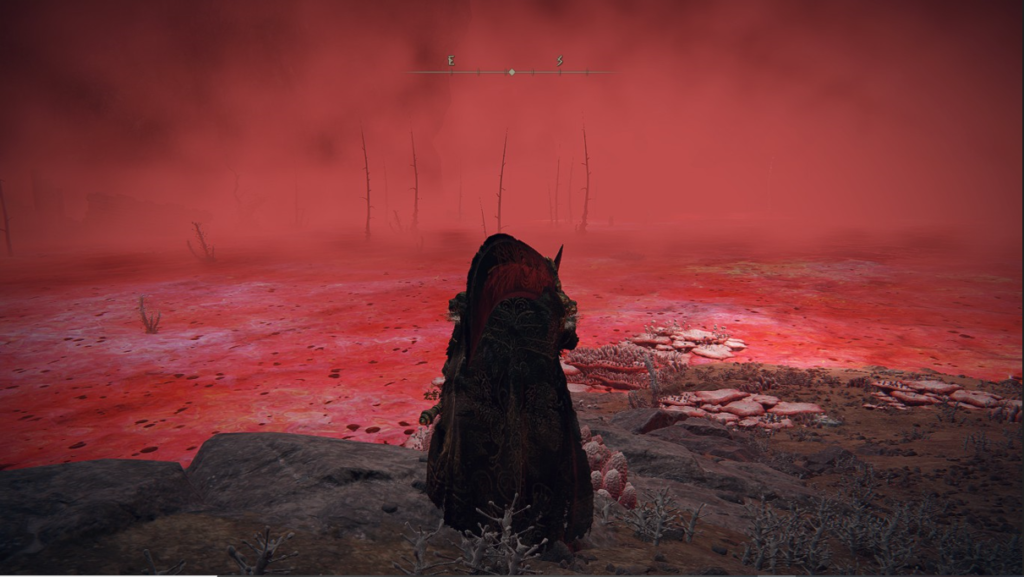
Score & Presentation
The score of Elden Ring was composed by Tsukasa Saitoh, Shoi Miyazawa, Tai Tomisawa, Yuka Kitamura, and Yoshimi Kudo. The game’s score is absolutely beautiful, but I wish to assign extra praise to the sound design as the score is fantastic at setting the atmosphere and mood without overpowering events on screen, from the duel with Godfrey to arriving in Limgrave the first time. The score is fantastic at evoking emotion. It speaks well of the game’s score that upon arriving at the title screen that they only expect you to spend two seconds on, that I remain on that screen and listen to the grand theme they put there.
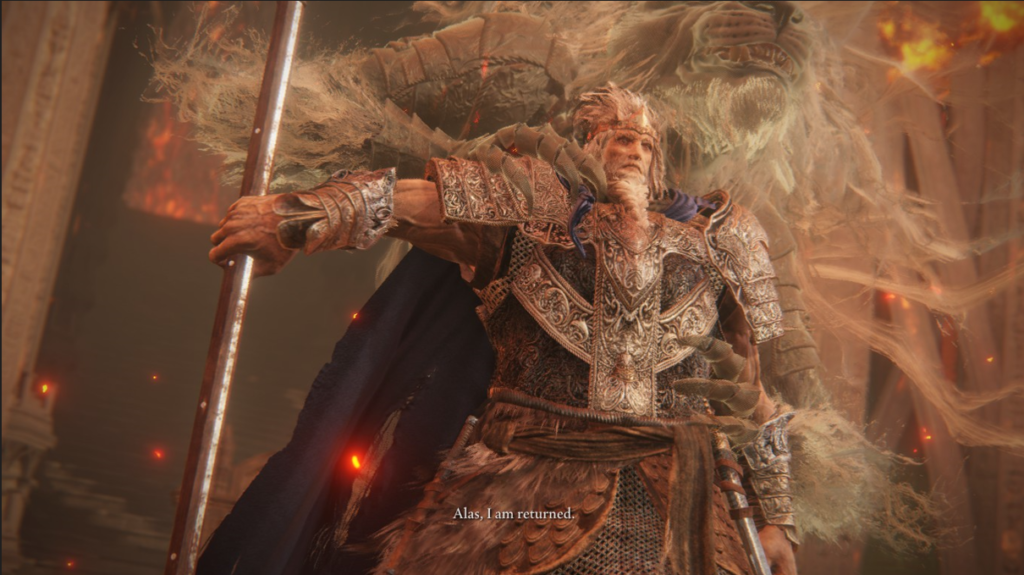
Upon release Elden Ring was the subject of some criticism as the performance varied in quality at launch. These issues would quickly be patched out and are far from everyone’s memory. I only bring it up as the performance issues could be attributed to the Havok Physics engine. This engine is fine tuned for interactable environments at the cost of lower stability as if you see a barrel or table, you can destroy it by using your weapons or by rolling into it. Many games today prioritize graphical fidelity with next to no interactivity in their environments. But much like the trends, Elden Ring sets aside they’re able to do both. Despite the Havok Physics engine lacking the pure graphical fidelity of the Unreal Engine or other high performance engines Elden Ring still manages to deliver interactive environments and truly stunning vistas. There is also a wide variety of graphically impressive enemy types.
Conclusion
Over the past decade FromSoftware refined the Demon Soul’s formula into a true masterwork and Elden Ring is the culmination of that work. There is a little bit of every Soul’s style game mechanically within Elden Ring. FromSoftware has continued to buck every trend of modern gaming and blaze their own trail in a declining industry and for that they hold my deepest respect. From Software sold over 20 million copies of this game for very good reasons… Elden Ring is a true masterpiece and deserves to be in every gamer’s collection. I recommend Elden Ring to everyone!

